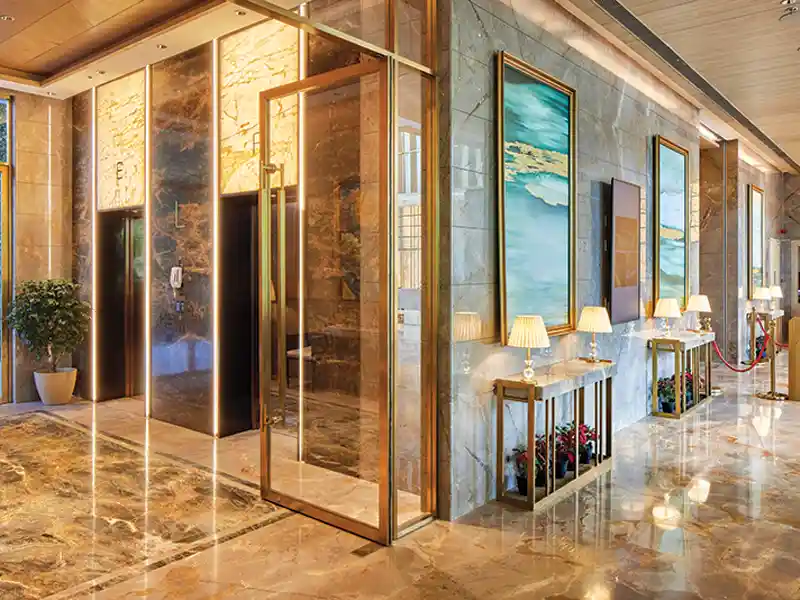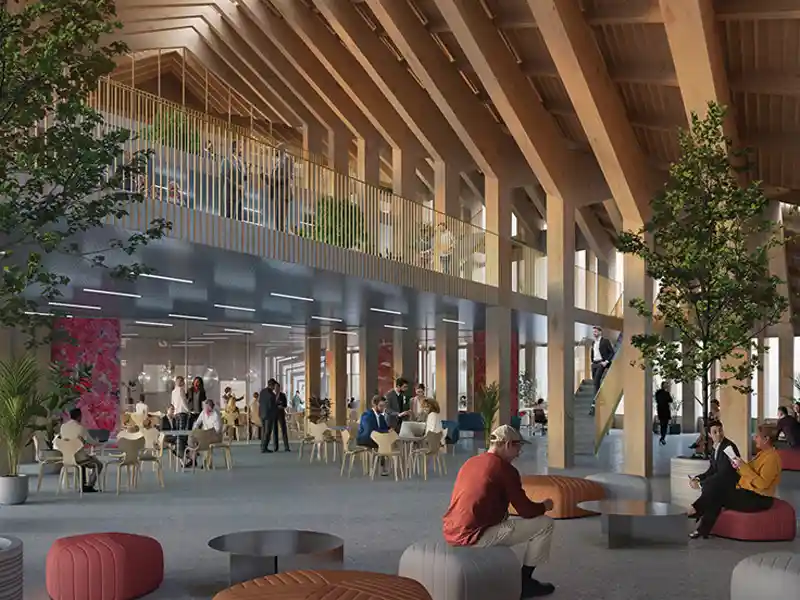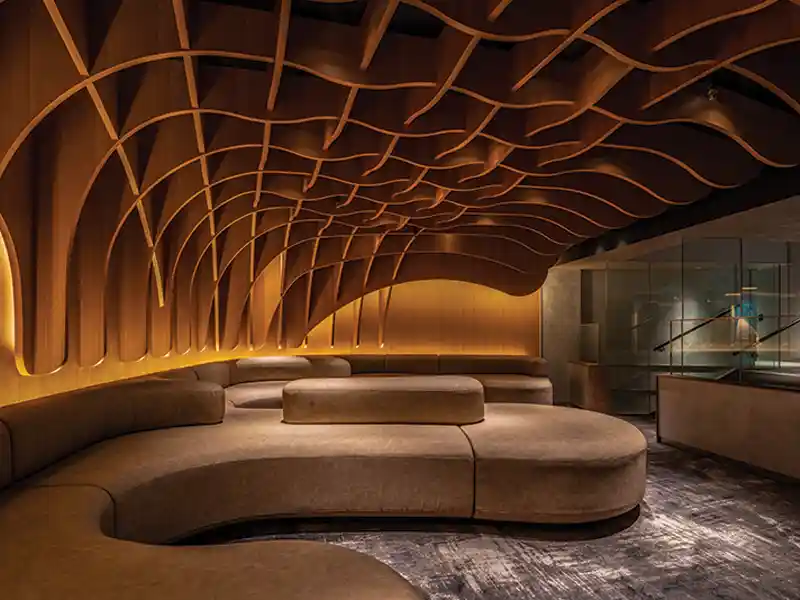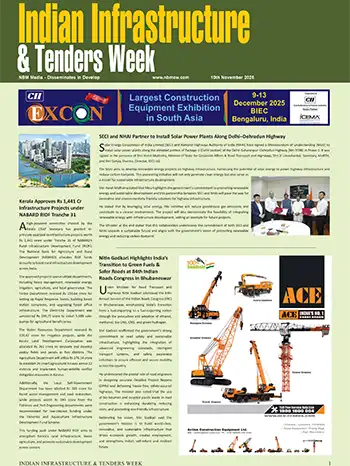
From holding cricket, kabaddi, and tennis matches, the stadium will be easily convertible to hold events such as marriages and corporate launches, without disturbing the sanctity of the pitch/turf, and thereby earning more revenue. Safety and security will not only speak of ingress & egress, but in case of any untoward incidence, will be equipped to promptly and remotely become a secured zone and limit any damage to a minimum. Developments in the future will include how the stadium ground can be promptly drained in case of sudden rains during a match and made 'dry and ready' within minutes.
Most of the existing stadiums are non-functional and do not adhere to the changing trends and requirements (read outdated). A futuristic design has to be multifunctional with the latest trends and technology
One foresees digitalization not limited to how the sports event is telecast, but also facilitating enhanced user experience, for example, each spectator would have information on his seat location, the fastest/best route to his seat from his vehicle's parking place, the nearest food court, toilets, exits, etc. and he will get all the live updates on his smart phone. The stadiums will also ensure the privacy of people by having private viewer boxes.
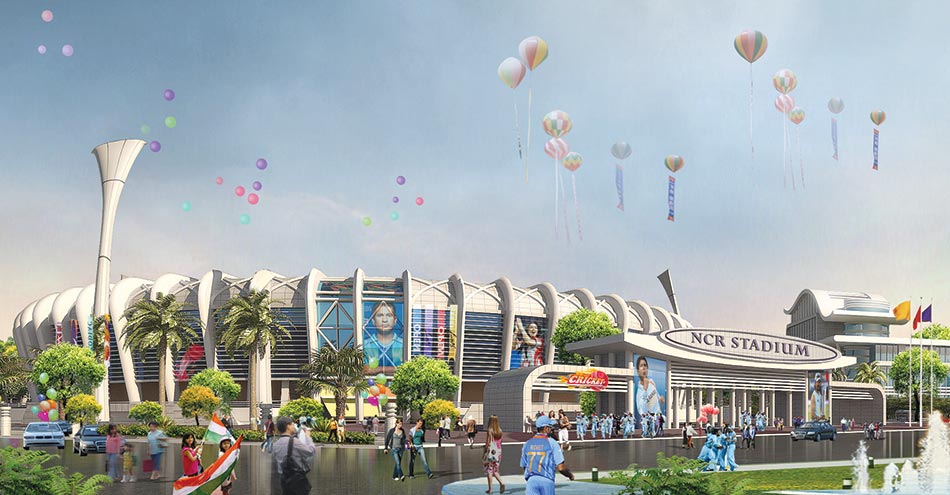 PNA Stadium
PNA StadiumThe need today is for Sports Centres and Stadiums that meet international standards and grandeur in scale, size and facilities. The stadiums planned by Premnath & Associates, unlike any conventional stadiums in the country, are also designed to hold other leisure activities such as concerts, banquets, private parties etc, and be perceived as a complete hospitality and entertainment hub. This concept will change the scenario of stadium architecture in the country.
Our aim is to make an iconic and flexible design using the latest construction materials and technologies. For instance, we have designed the peripheral façade with steel portals interwoven with steel mesh allowing the external promenade to breathe from inside-out, while maintaining utmost safety and security; the roof top is fitted with photo-voltaic solar panels; an ergonomic seating system provides unobstructed views of the boundary line; and there are clearly defined paths for entry and exit, especially in case of emergencies.
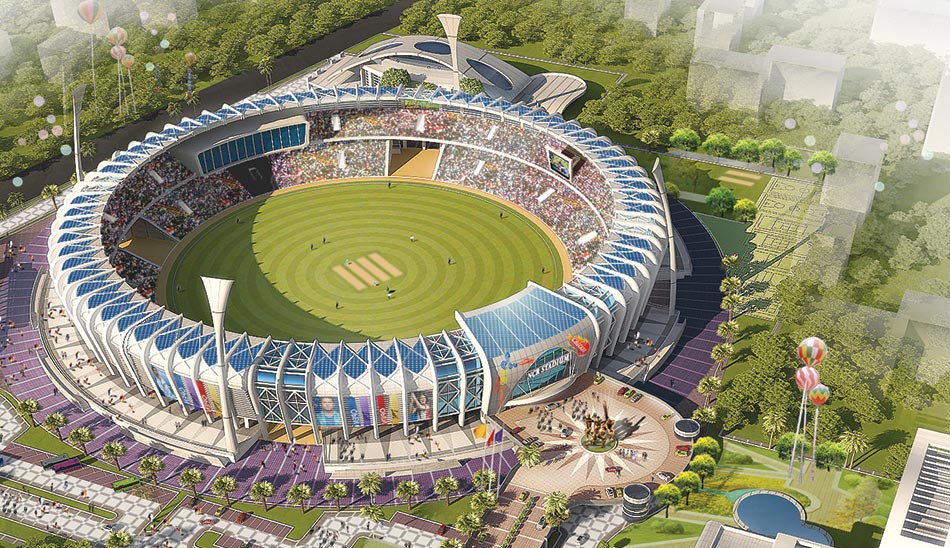
We have put in place design solutions that address security constraints and disaster management and have made the complex functional in all weather conditions. The infrastructure includes VIP boxes, Executive and Presidential suites topped with all public amenities and facilities including food courts, resto-bars, washrooms, souvenir shops, besides pavilions for players, team dug-outs, sports equipment rooms, changing rooms, team conference and administrative spaces, lounges, media stand and so on. People movement and circulation patterns minimize chances of any sort of chaos in times of higher footfalls.
Planning inculcates modern day safety and security systems, ICT for top-notch user experience, GPS mapping of the stadium, parking-to-seat route map on smart phones, and much more – all this will not only ensure the best viewer experience, but also utmost safety for visitors, players and the management.

